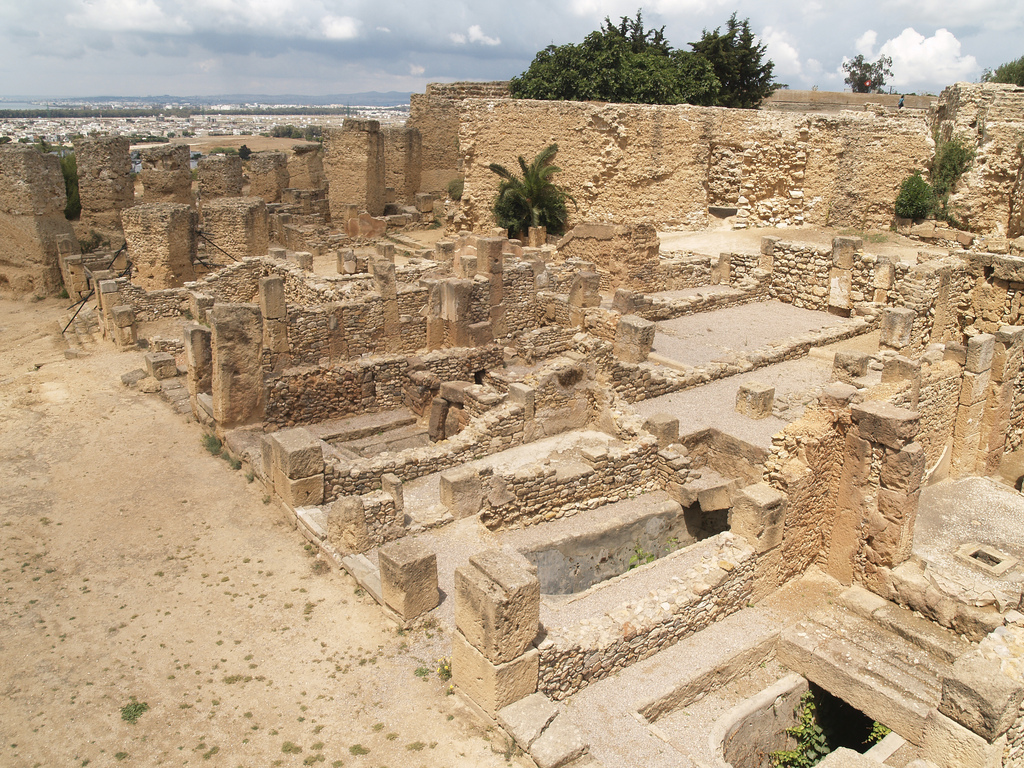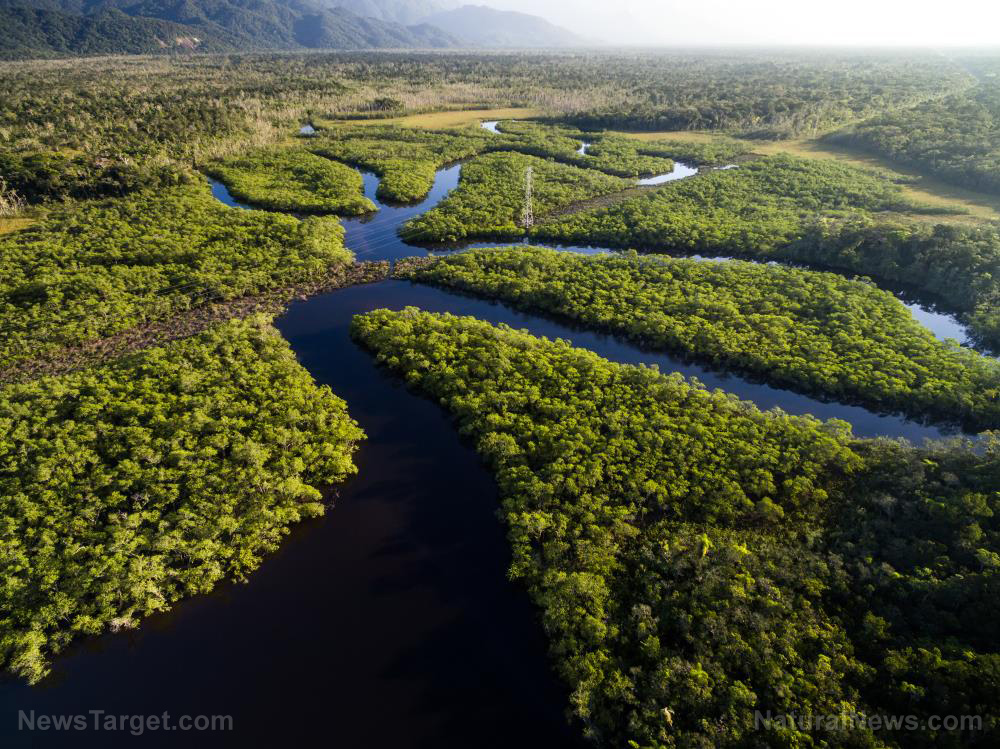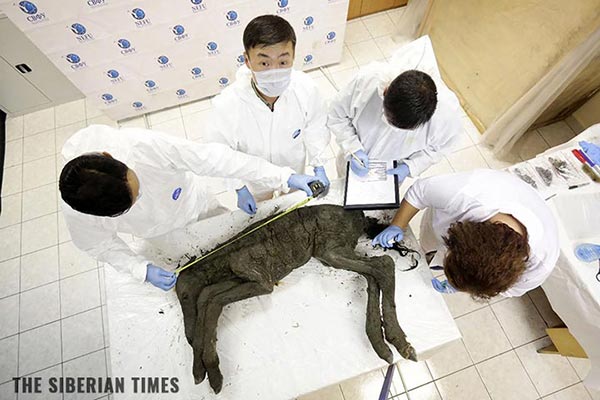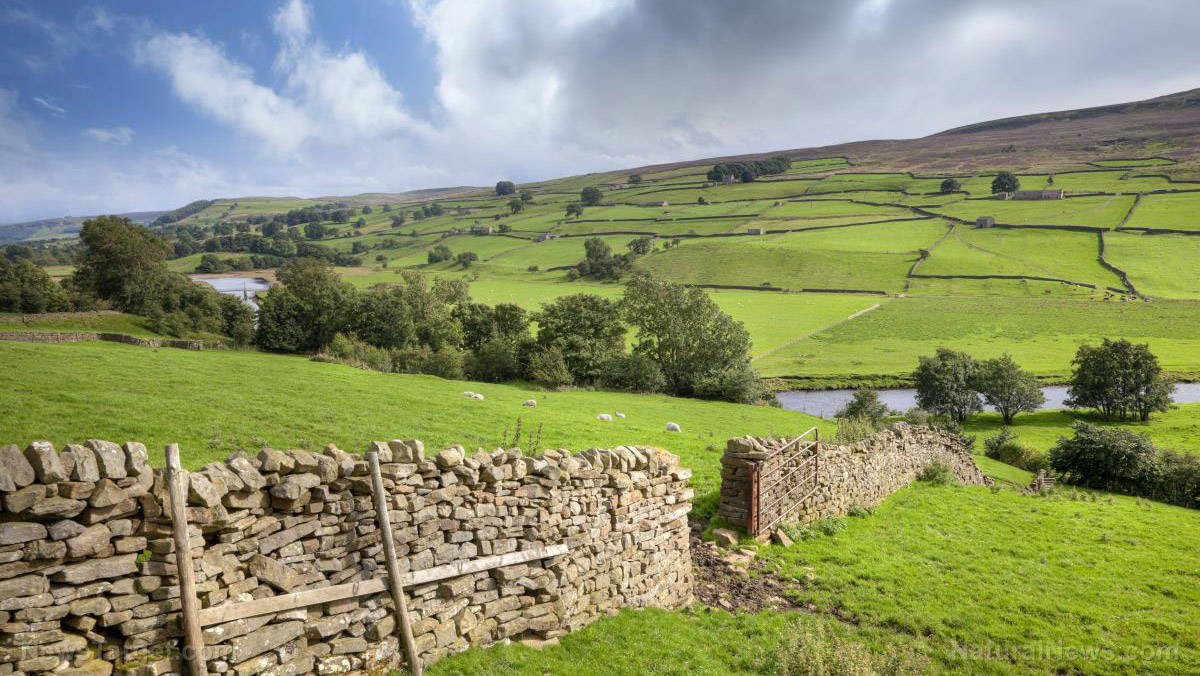A welcome surprise: Miners digging for gemstones unearth fossilized remains of an ancient sea monster instead
02/29/2020 / By Arsenio Toledo

In June of 2019, miners employed by Enchanted Designs Limited were busy at work in Alberta, Canada looking for ammolite, a rainbow-colored gemstone used in luxury jewelry, when they instead found something arguably much more valuable. They found the fossilized remains of an ancient sea monster that lived about 70 million years ago during the age of the dinosaurs.
Paleontologists were immediately sent over to the dig site to conduct an investigation and to supervise the excavation of the fossil. To their delight, the miners stumbled upon the nearly complete skeleton of a mosasaur, a marine reptile that lived around the tail end of the Late Cretaceous Period, between 83 to 66 million years ago. The paleontologists further believe that the mosasaur fossil belongs to the genus Tylosaurus. (Related: No big deal, just an ancient sea monster with 18 mouth tentacles.)
The province of Alberta is in Canada’s interior. However, during the Late Cretacous Period, this region of the Earth was underwater and was part of the Western Interior Seaway, a large and shallow inland sea that split the North American continent in half. It stretched from the eastern half of Mexico in the south to the Northwest Territories of Canada in the north, linking the Gulf of Mexico to the Arctic sea.
“We’ve got everything from the head almost to the tip of the tail,” according to Donald Henderson, the curator of dinosaurs at the Royal Tyrrell Museum of Paleontology in Drumheller, Alberta. “We don’t have much in the way of flippers. They were lost to decay, or maybe they were bitten off.”
The miners found the fossils at the Bearpaw Shale. Named after the Bear Paw Mountains in Montana, it is a geologic formation located in the Canadian provinces of Saskatchewan and Alberta, as well as the American state of Montana. Several fossilized marine reptiles are found in this area every year, so while the miners were surprised, the discovery wasn’t all that uncommon for the area.
The mosasaur was an apex predator
What’s fascinating about the Tylosaurus fossil, according to Henderson, was the damage it seems to have sustained. “It was probably quite rotten when the body went to the seabed,” he said in an interview. “It looks like it maybe ruptured or broke when it hit the seabed, but otherwise it’s pretty good.”
In 2012, a different mining company discovered another mosasaur in Alberta that had a tooth stuck in its face, most likely from another mosasaur that bit it hard enough to dislodge a tooth. They were apex predators and commonly had to fight against other beasts, including their own kind, for food. Fossils tell different kinds of stories, so seeing this Tylosaurus not in perfect condition isn’t out of the ordinary.
The Tylosaurus the miners found was massive, even by the standards of common mosasaurs. According to Henderson, the sea monster may be between 20 and 23 feet long. “These things tend to be big,” he said, “I think they had to be big to survive in that environment.”
Henderson has said that as soon as the whole fossil is excavated, it will be sent to the Royal Tyrrell Musem to be studied and preserved. Once everything is in order, the Tylosaurus will be displayed either in the museum’s Dinosaur Hall or its Grounds for Discovery exhibit.
Sources include:
Tagged Under: Alberta, Archaeology, artifacts, Canada, dig site, Dinosaurs, fossils, Late Cretaceous Period, mosasaur, paleontology, prehistoric animals, research, sea monster, Tylosaurus, weird science
RECENT NEWS & ARTICLES
COPYRIGHT © 2017 ARTIFACTS NEWS



















